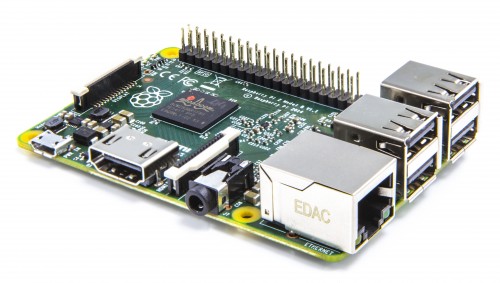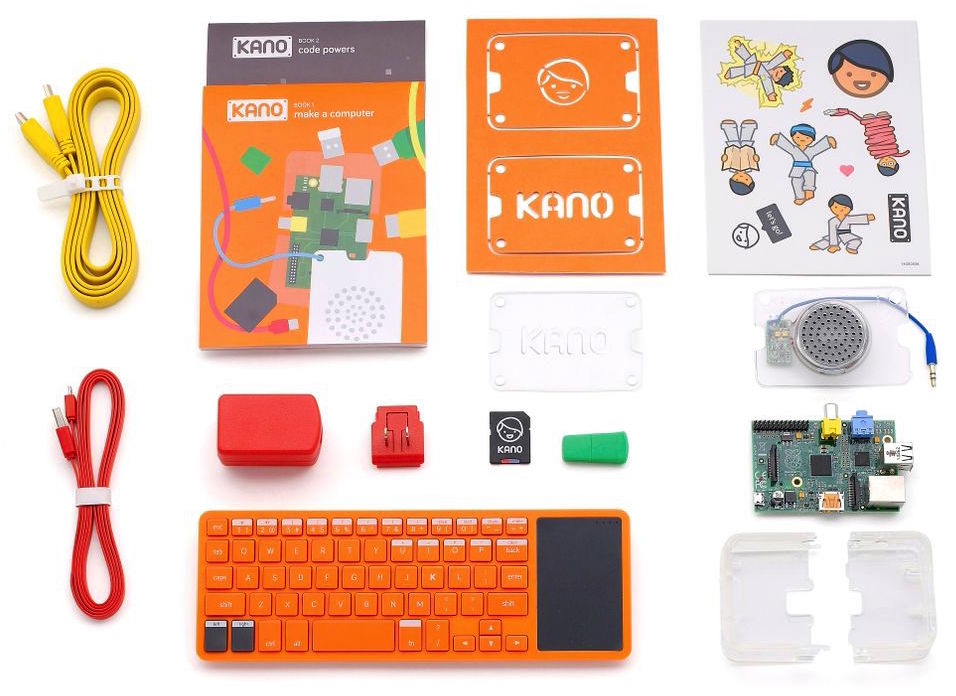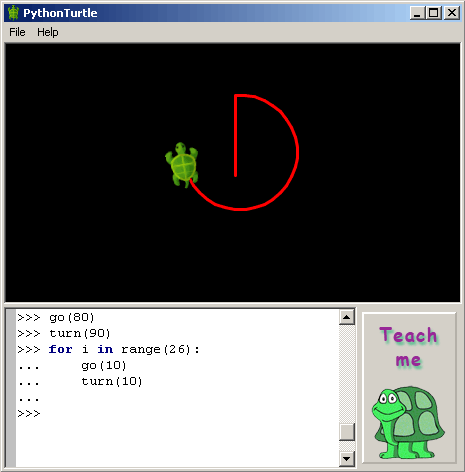The Raspberry Pi is a single-board credit-card-sized computer introduced in 2012. The computer was designed for use in teaching computer science to a new generation whose cell phones and modern computers had reduced the number of children who knew how computers actually worked. Used in education as well as by hobbyists, the Raspberry Pi has been incredibly successful and has sold over four million units. New versions of the Raspberry Pi are designed by the non-profit Raspberry Pi Foundation, and then built by multiple partner manufacturers.

This week the Raspberry Pi Foundation announced the availability of their second-generation board, the Raspberry Pi 2 Model B. It’s not the second board (there has been the Model A, Model A+, Model B, and Model B+ before, as well as the Pi Compute Module for embedded applications), but rather it is the first board since introduction to use a new processor, the Broadcom BCM2836. The new processor is roughly six times as fast as the previous processor, going from a single-core ARM11 to a quad-core ARM Cortex-A7 processor, as well doubling the RAM to 1GB (shared with the GPU). Despite those changes, the board remains backwards-compatible with previous Raspberry Pi software, the hardware is pin-compatible with the previous Model B+ board, and the cost is still $35.
The significance of this new generation of Raspberry Pi can be illustrated by the fact that Microsoft has announced that they will be giving away copies of Windows 10 that run on the Raspberry Pi 2 to anyone who signs up to it’s Internet of Things developer program. Think about that for a second – a $35 computer running Windows (ok, strictly speaking that’s not true – you still need a power supply, keyboard, mouse, and monitor).
Perhaps the most important change, besides the extra power, is that the new chip moves from the older ARMv6 instruction set to the newer ARMv7 set. That change will allow a lot of software the previously could not run on the Raspberry Pi to now be ported. This includes other operating systems, such as the previous mentioned Windows 10, and Snappy Ubuntu Core, a version of the popular Linux distribution Ubuntu geared for devices (and the cloud). Other operating systems that already supported the older Raspberry Pi are also being updated for the new chip, such as Raspbian (a version of Debian Linux for the Raspberry Pi), and the media-focused OpenELEC and OSMC.
In addition to introducing the new product, the Raspberry Pi Foundation has made another change recently – they’ve hired their first US employee. In January they added Matt Richardson, based in San Francisco, to their staff as an evangelist. While it’s certain that a large chunk of the 4 million plus boards sold already were sold to people in the US, as the goal of Raspberry Pi is to encourage computer science education among children, Richardson will no doubt be pushing to get the Raspberry Pi used in schools across the country, like they are in the UK where the Raspberry Pi originated.
While there are other small single-board computers out there (such as the BeagleBone Black), one of the great things about the Raspberry Pi is the large number of makers and other enthusiasts that have created products that supplement the Raspberry Pi. Take, for example, that there are over 150 Kickstarter campaigns that are related to the Raspberry Pi. One of my favorite campaigns was the Kano computer, a kit that allows you to assemble a computer using a Raspberry Pi Model B as its core, adding WiFi support, a speaker, a plastic case, and a wireless keyboard. Beside the hardware additions, the Kano also comes with its own operating system which is geared towards teaching children how to program, and a community for sharing software projects and code.

I got to play with a Kano at a tech event in Tel Aviv last year, a bit before the launch last fall. While it was tempting to pre-order one to teach my oldest child to code, she was 6 at the time, so I figured it was worth waiting a bit. My plan is to try teaching her next year when she’s 8, and by then I imagine the Kano kit will be upgraded to include the new Pi 2 board.
It’s great to see innovation and success with products like the Raspberry Pi, that create opportunities for computer education that are available to anyone. It’s great to see a computer available for $35 that has more power than most computers I used in my lifetime. I hope the Raspberry Pi, and the ecosystem built around it, continues to be successful and grow.
